From activism and capitalism to club culture and subculture, a new exhibition offers a snapshot of 1980s Britain
The turbulence of a colourful decade, as seen through the lens of a diverse community of photographers, collectives and publications, is on show at Tate Britain until May 2025
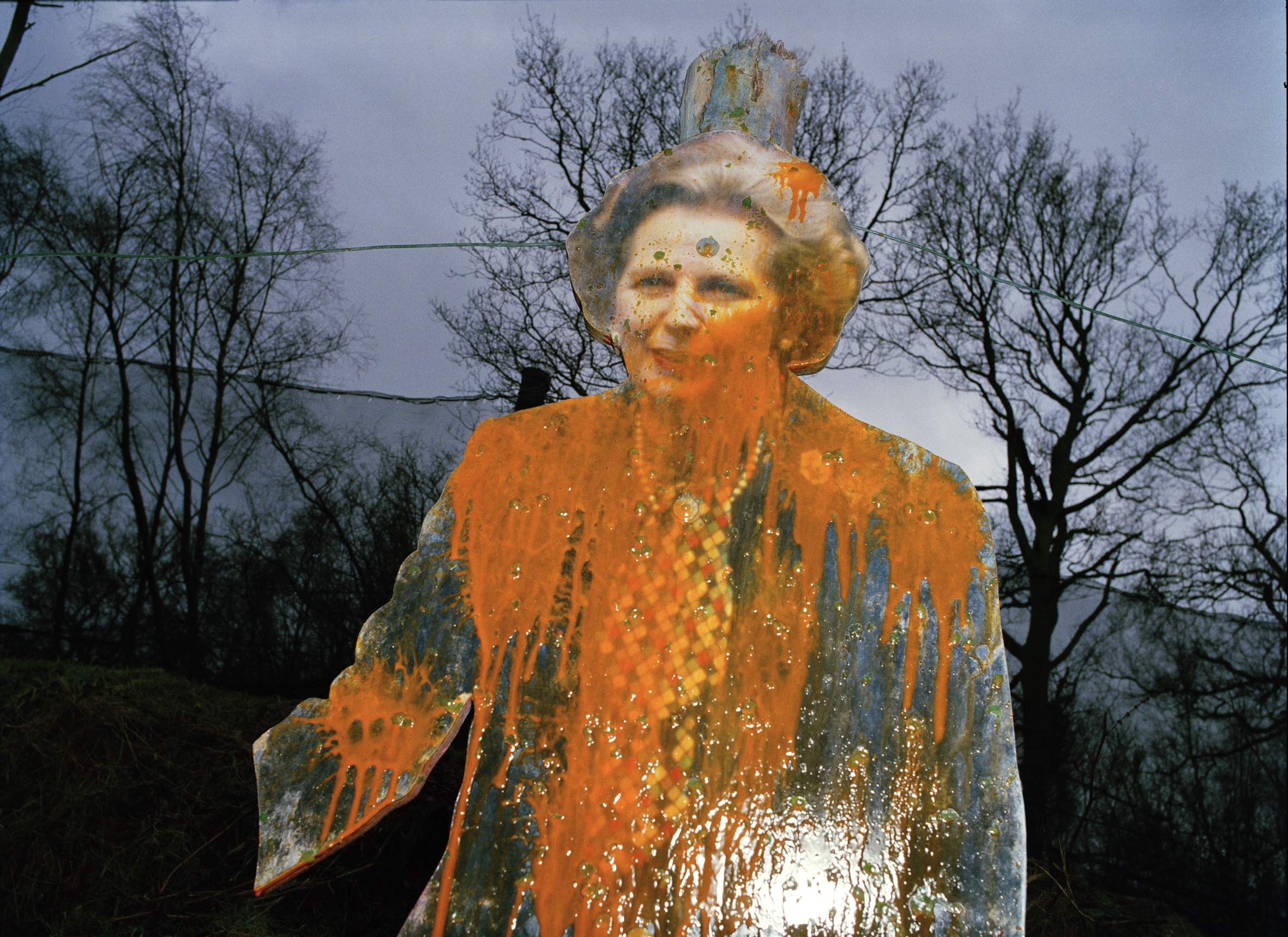
The 1980s was a decade of great change. Right wing conservatism and free market economics dominated, technological advances included the birth of personal computers, compact discs and camcorders, and the first cases of AIDS were reported.

Union Jack Flag in Tree, Country Tyrone, 1985, by Paul Graham
Set against a backdrop of race riots, strikes, mass unemployment and gentrification, a new show at Tate Britain explores one of the UK’s most colourful eras through the medium of photography. Bringing together nearly 350 images and archive materials, ‘The 80s: Photographing Britain’ explores how the medium became a tool for social representation, cultural celebration and artistic expression throughout this period.
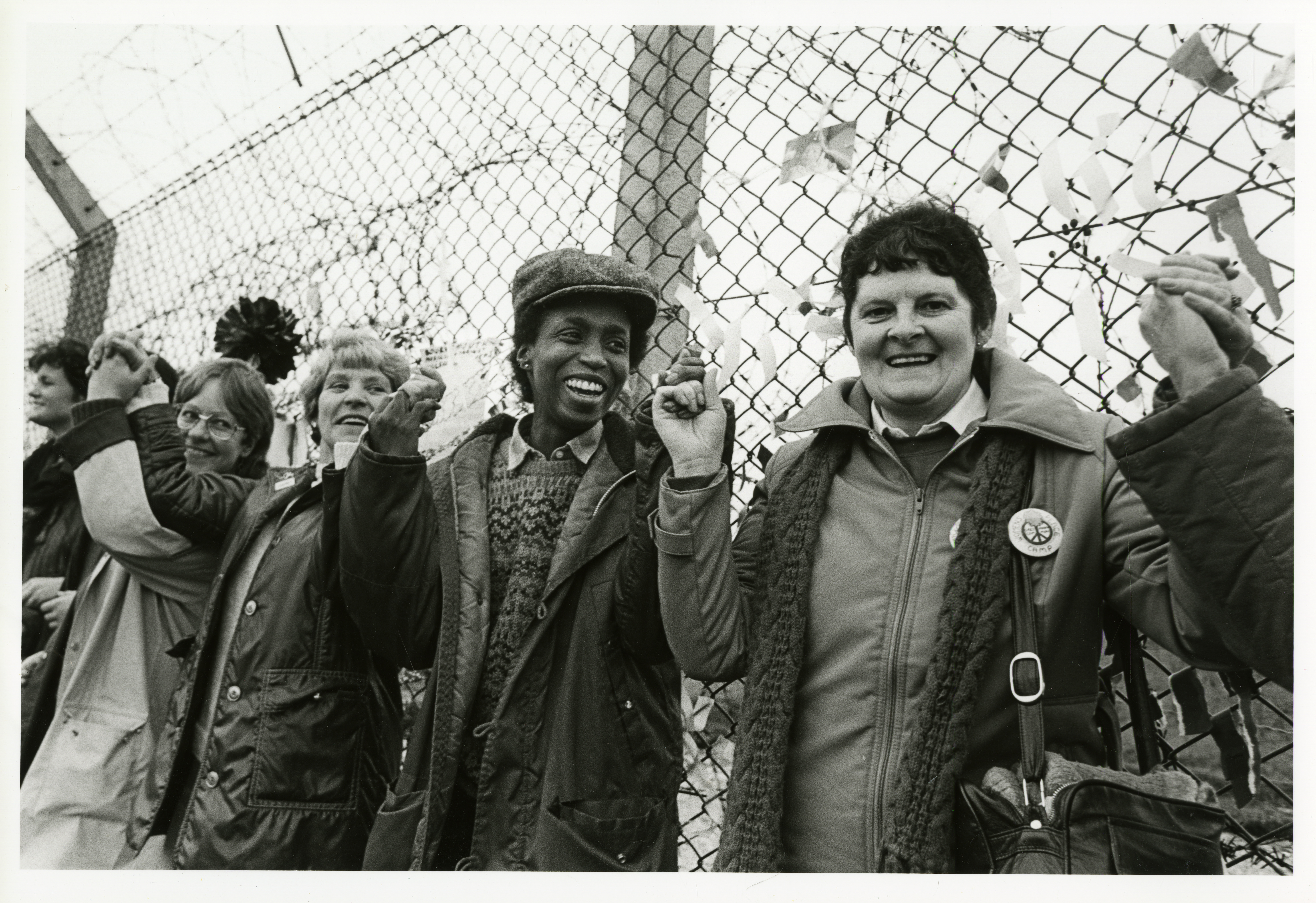
Greenham Common, 14 December 1985, 1985, by Melanie Friend
The exhibition introduces Thatcher’s Britain through a series of images depicting some of the decade’s key political events, from the miners’ strikes and the protest camps at Greenham Common to the conflict in Northern Ireland. Photography recording a changing Britain and its widening disparities is also presented through Anna Fox’s images of corporate excess, Martin Parr’s colour-saturated depictions of everyday life, Markéta Luskačová and Don McCullin’s portraits of street life in London’s East End, and Chris Killip’s transient ‘sea-coalers’ in Northumberland.

Hand of Pork, Caerphilly, South Wales, 1985-1988, by Paul Reas
Alongside these are powerful images that gave voice and visibility to underrepresented groups in society, including work depicting multicultural and queer communities, and the representation of women in photography. The 1980s was the era of Section 28, a law passed in 1988 by a Conservative government that stopped councils and schools ‘promoting the teaching of the acceptability of homosexuality as a pretended family relationship’. In response, Sunil Gupta’s 1988 series ‘Pretended Family Relationships’ saw the Indian-born photographer create a series of colour portraits of interracial same-sex couples collaged with lines of poetry by Gupta’s then partner Stephen Dodd and fragments of imagery taken at political protests against Section 28.

Terpsichore, 1989, by Maud Sulter
The exhibition closes with a series of works that celebrate countercultural movements throughout the 1980s, such as Franklyn Rodgers’ energetic documentation of underground performances and club culture. The show also shines a spotlight on i-D magazine and its impact on a new generation of photographers such as Wolfgang Tillmans and Jason Evans, who, with stylist Simon Foxton, pioneered a cutting-edge style of fashion photography, reflective of a new vision of Britain at the dawn of the 1990s.
The 80s: Photographing Britain is on show until 5 May at Tate Britain, London SW1, tate.org.uk

From the Strictly series, 1991, by Jason Evans

From the Interiors series, 1981, by Sirkka-Liisa Konttinen
Receive our daily digest of inspiration, escapism and design stories from around the world direct to your inbox.
Anne Soward joined the Wallpaper* team as Production Editor back in 2005, fresh from a three-year stint working in Sydney at Vogue Entertaining & Travel. She prepares all content for print to ensure every story adheres to Wallpaper’s superlative editorial standards. When not dotting the i’s and crossing the t’s, she dreams about real estate.
-
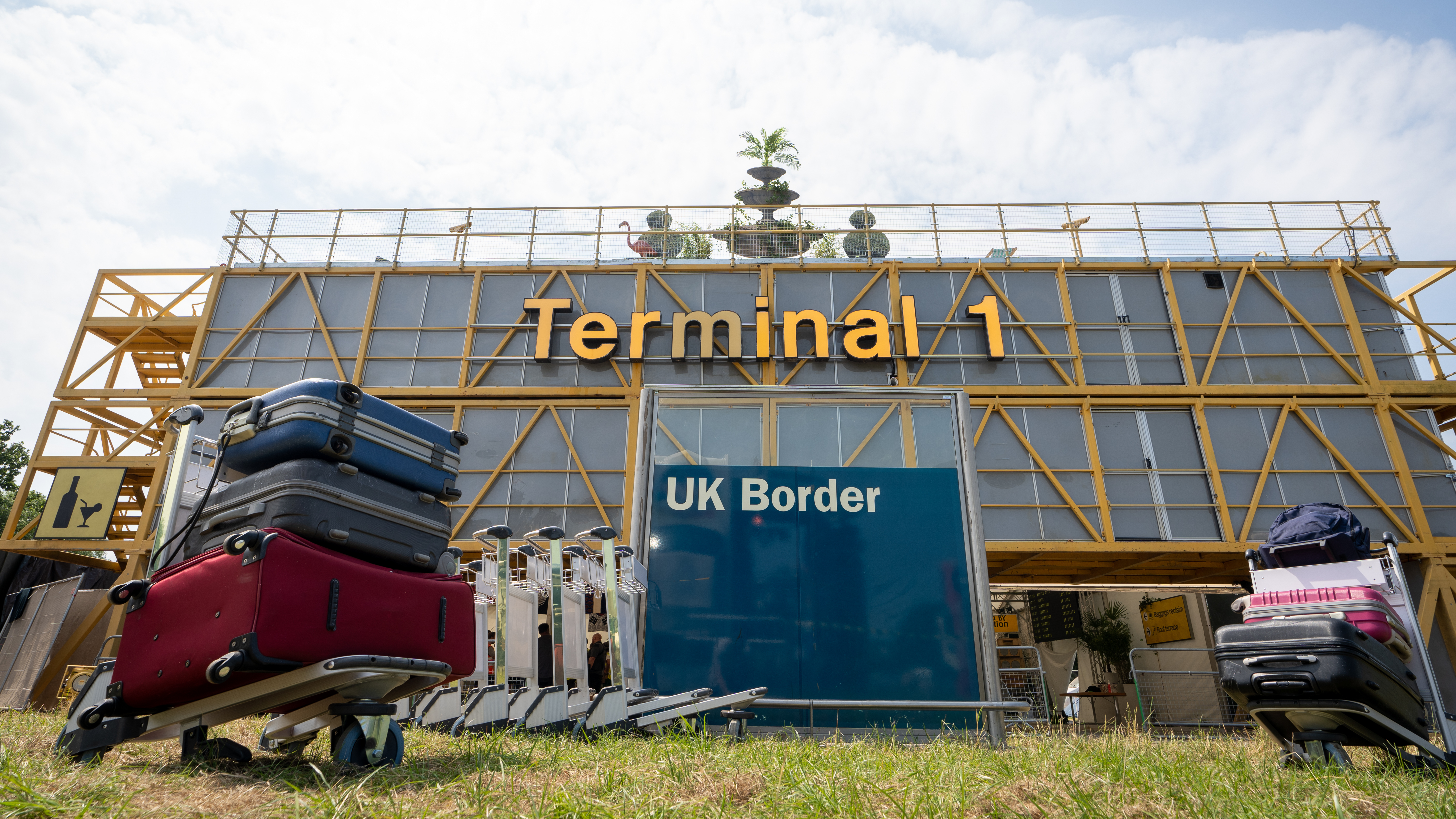 Glastonbury’s Terminal 1 is back: ‘Be prepared to be deeply moved and then completely uplifted’
Glastonbury’s Terminal 1 is back: ‘Be prepared to be deeply moved and then completely uplifted’Terminal 1 is an immersive, experiential space designed to deliver a vital message on immigration rights at Glastonbury 2025
-
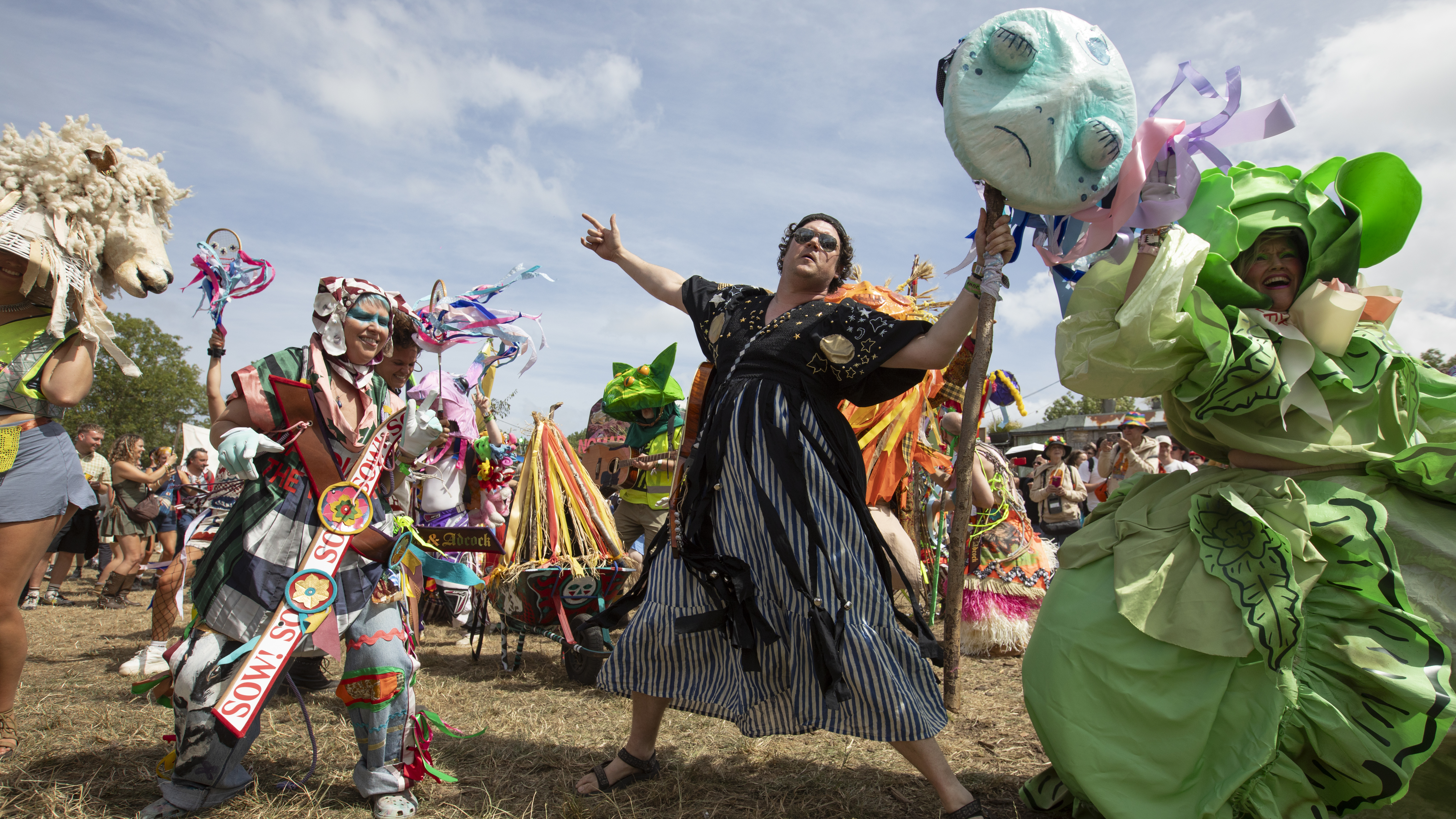 At Glastonbury’s reinvented Shangri-La, everything must grow
At Glastonbury’s reinvented Shangri-La, everything must growWith a new theme for 2025, Glastonbury’s Shangri-La is embracing nature, community and possibility; Lisa Wright is our field agent
-
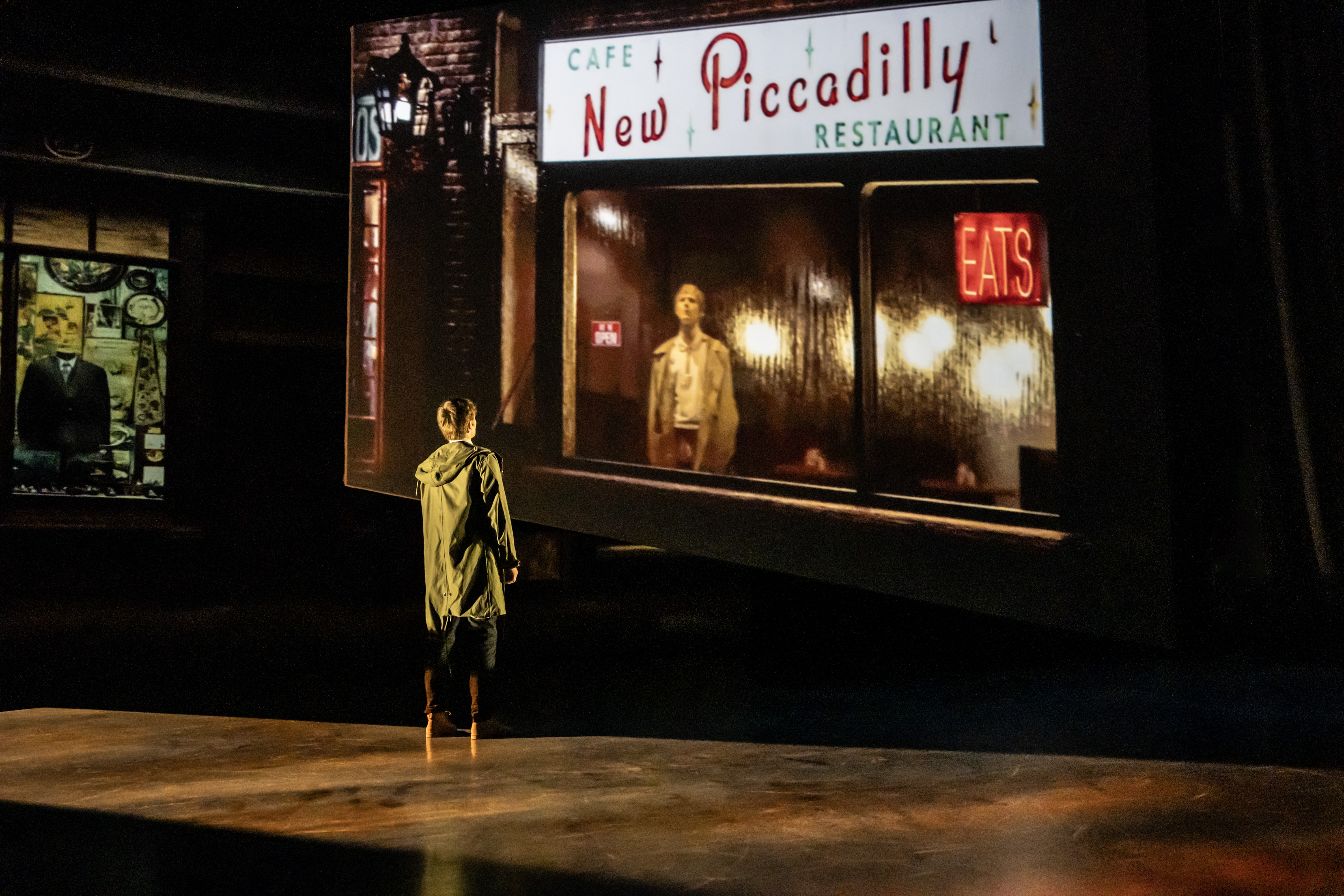 Paul Smith brings the Swinging Sixties to Sadler’s Wells in ‘Quadrophenia, A Mod Ballet’
Paul Smith brings the Swinging Sixties to Sadler’s Wells in ‘Quadrophenia, A Mod Ballet’In any imagining of Pete Townshend’s ‘rock opera’ – a chronicle steeped in the mythology of the 1960s – the suits need to be razor-sharp. ‘Quadrophenia, A Mod Ballet’ enlisted Paul Smith for the task
-
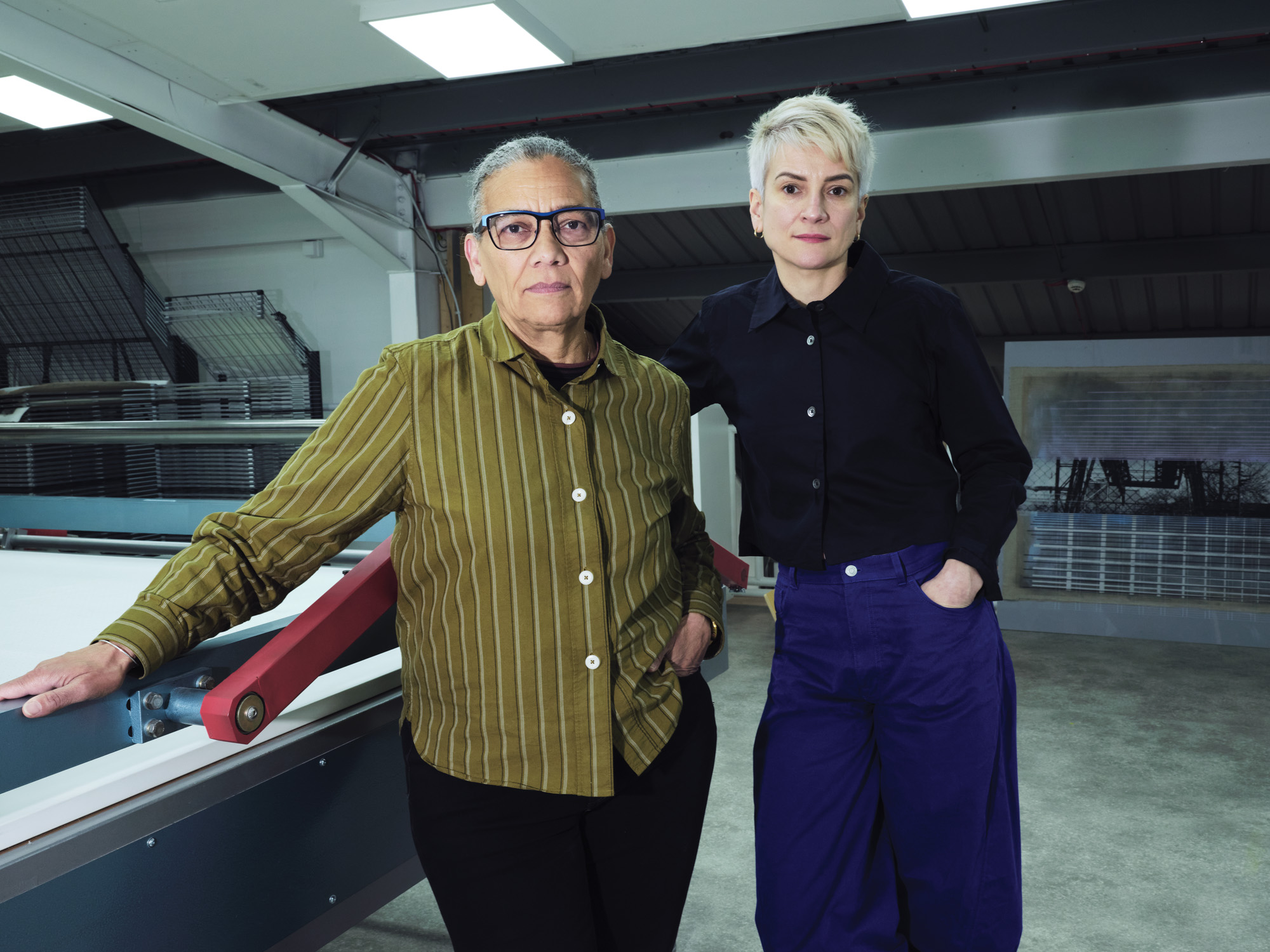 Lubaina Himid and Magda Stawarska’s new show at Kettle’s Yard will uncover the missing narratives in everyday life stories
Lubaina Himid and Magda Stawarska’s new show at Kettle’s Yard will uncover the missing narratives in everyday life storiesThe artists and partners in life are collaborating on an immersive takeover of Kettle’s Yard, Cambridge, in an exhibition that delves into a lost literary legacy
-
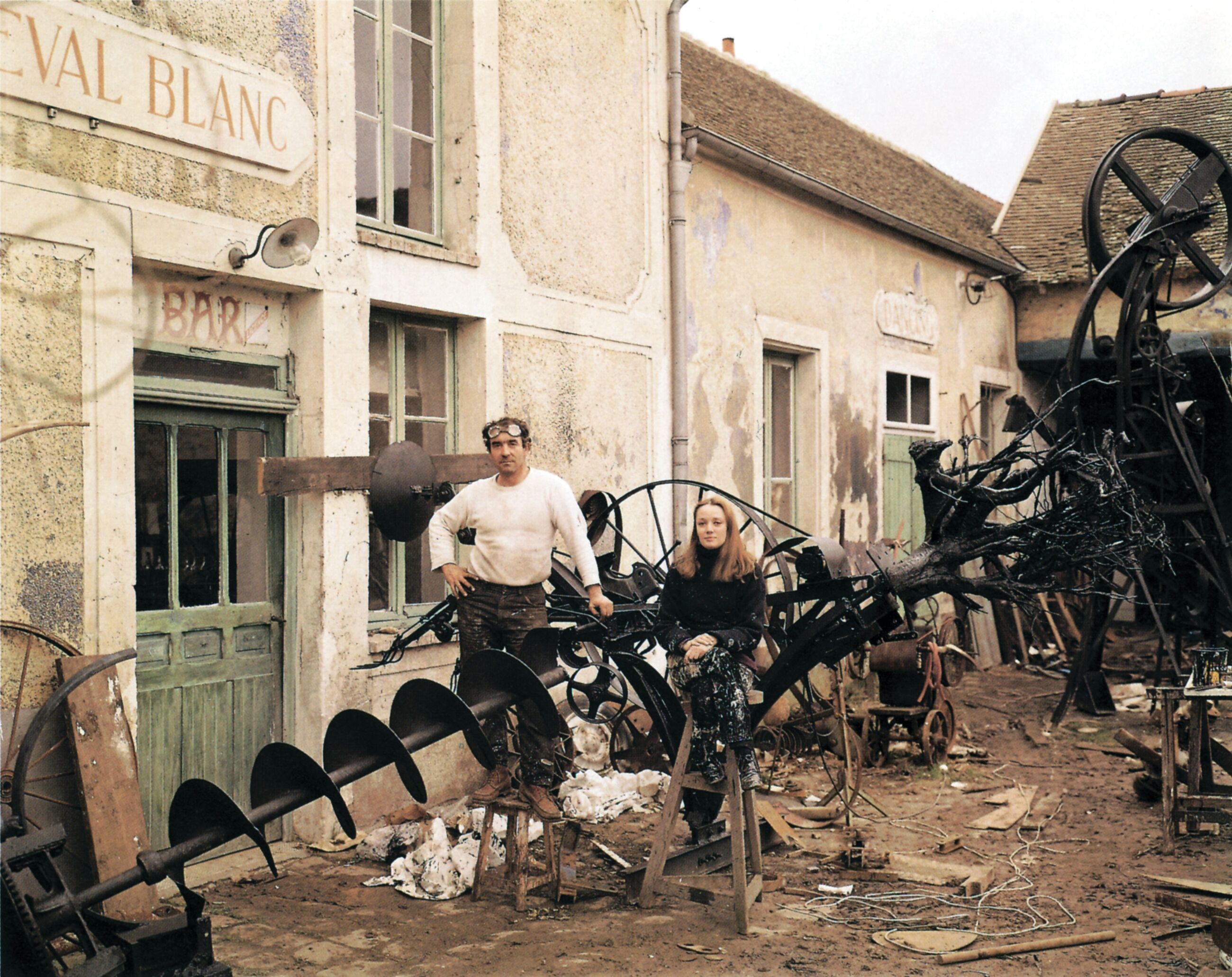 See the fruits of Niki de Saint Phalle and Jean Tinguely's creative and romantic union at Hauser & Wirth Somerset
See the fruits of Niki de Saint Phalle and Jean Tinguely's creative and romantic union at Hauser & Wirth SomersetAn intimate exhibition at Hauser & Wirth Somerset explores three decades of a creative partnership
-
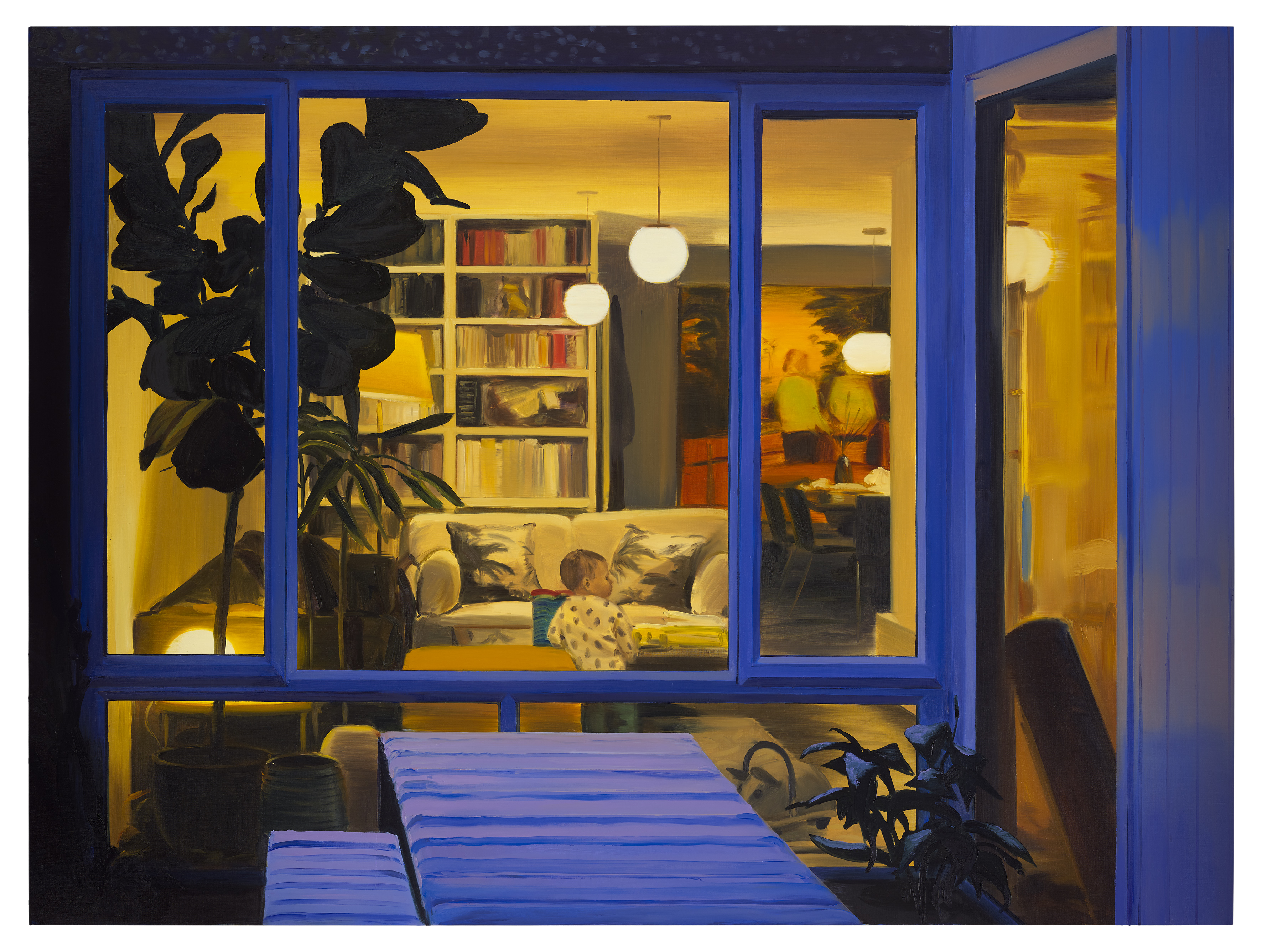 Caroline Walker's new show speaks to women everywhere, including me
Caroline Walker's new show speaks to women everywhere, including me'Everything related to my life with young children, because it's such an all encompassing experience,' the artist says of her new show at the Hepworth Wakefield
-
 Cassi Namoda is rethinking stained-glass windows at Turner Contemporary in Margate
Cassi Namoda is rethinking stained-glass windows at Turner Contemporary in MargateThe artist drew from an eclectic range of references when considering the traditional medium for a Turner Contemporary window overlooking the beach – she tells us more
-
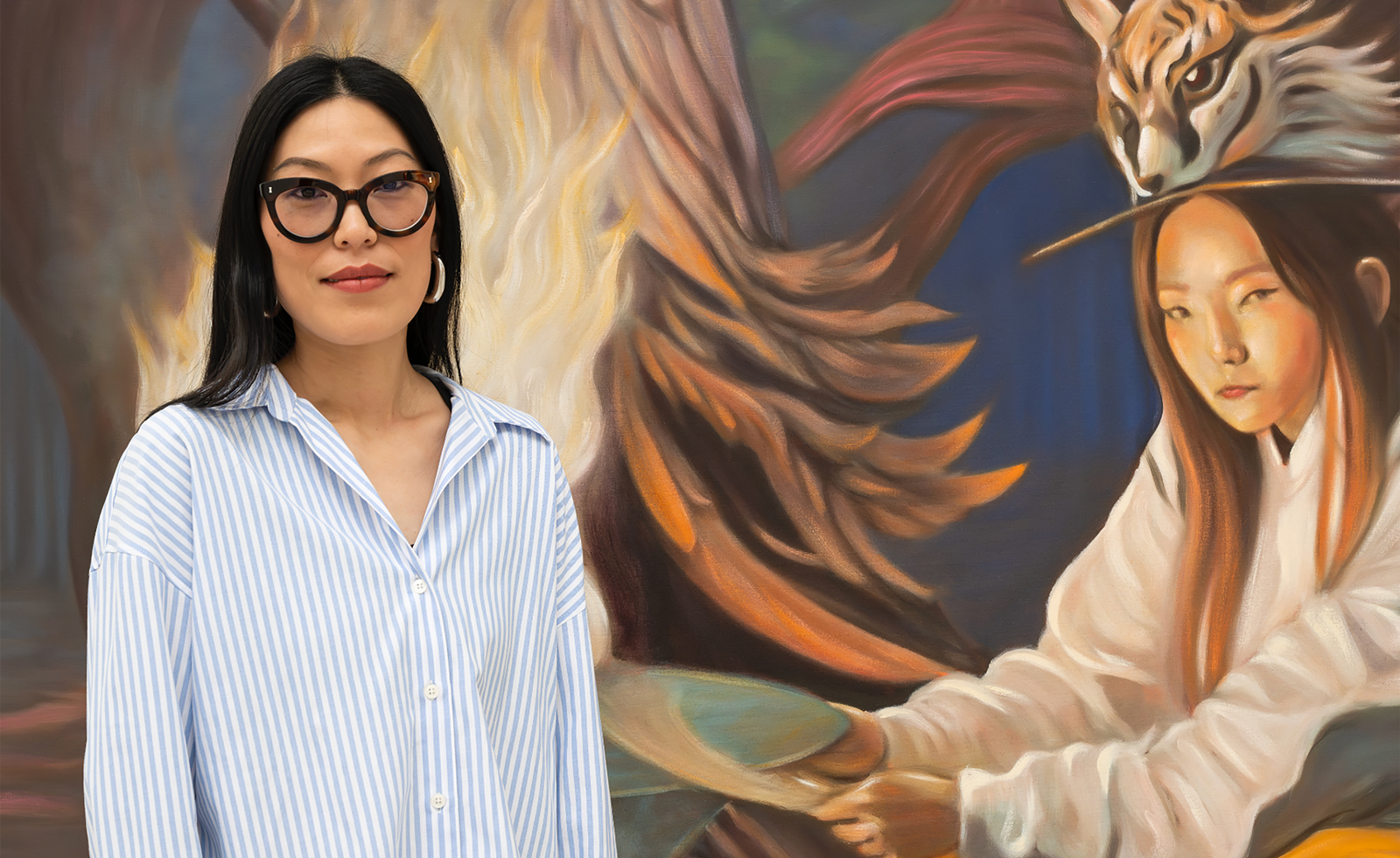 Meet the Turner Prize 2025 shortlisted artists
Meet the Turner Prize 2025 shortlisted artistsNnena Kalu, Rene Matić, Mohammed Sami and Zadie Xa are in the running for the Turner Prize 2025 – here they are with their work
-
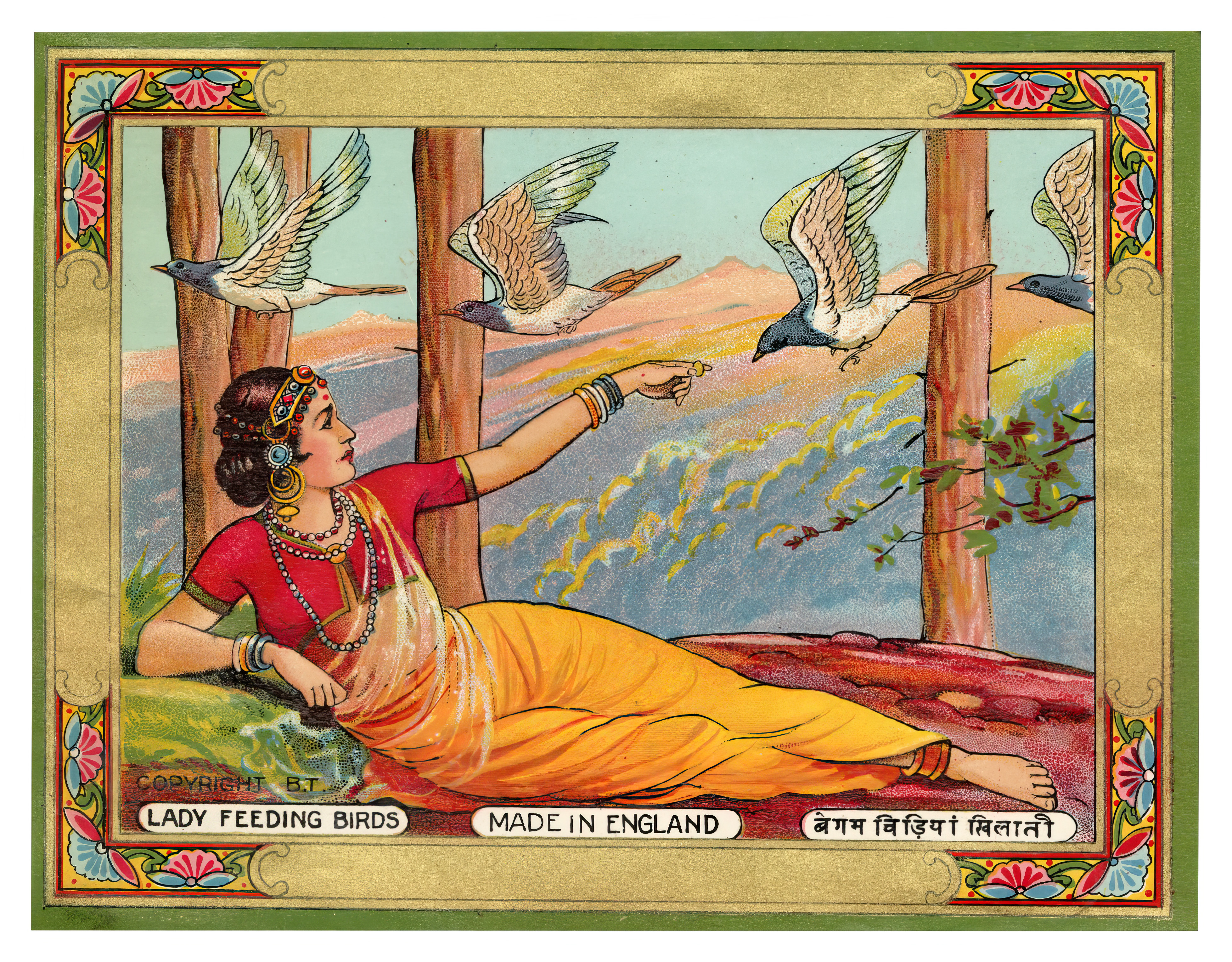 The art of the textile label: how British mill-made cloth sold itself to Indian buyers
The art of the textile label: how British mill-made cloth sold itself to Indian buyersAn exhibition of Indo-British textile labels at the Museum of Art & Photography (MAP) in Bengaluru is a journey through colonial desire and the design of mass persuasion
-
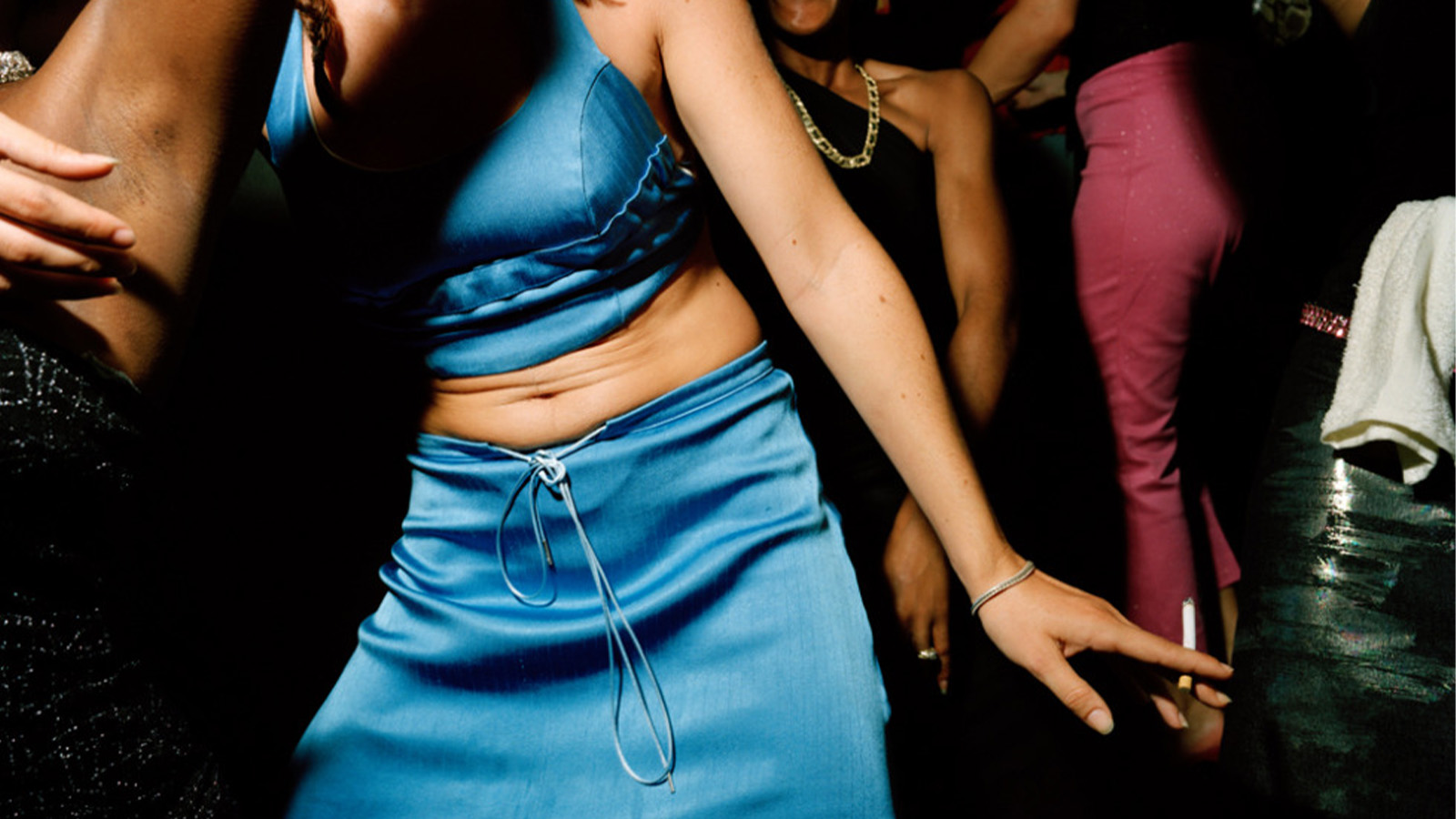 From counter-culture to Northern Soul, these photos chart an intimate history of working-class Britain
From counter-culture to Northern Soul, these photos chart an intimate history of working-class Britain‘After the End of History: British Working Class Photography 1989 – 2024’ is at Edinburgh gallery Stills
-
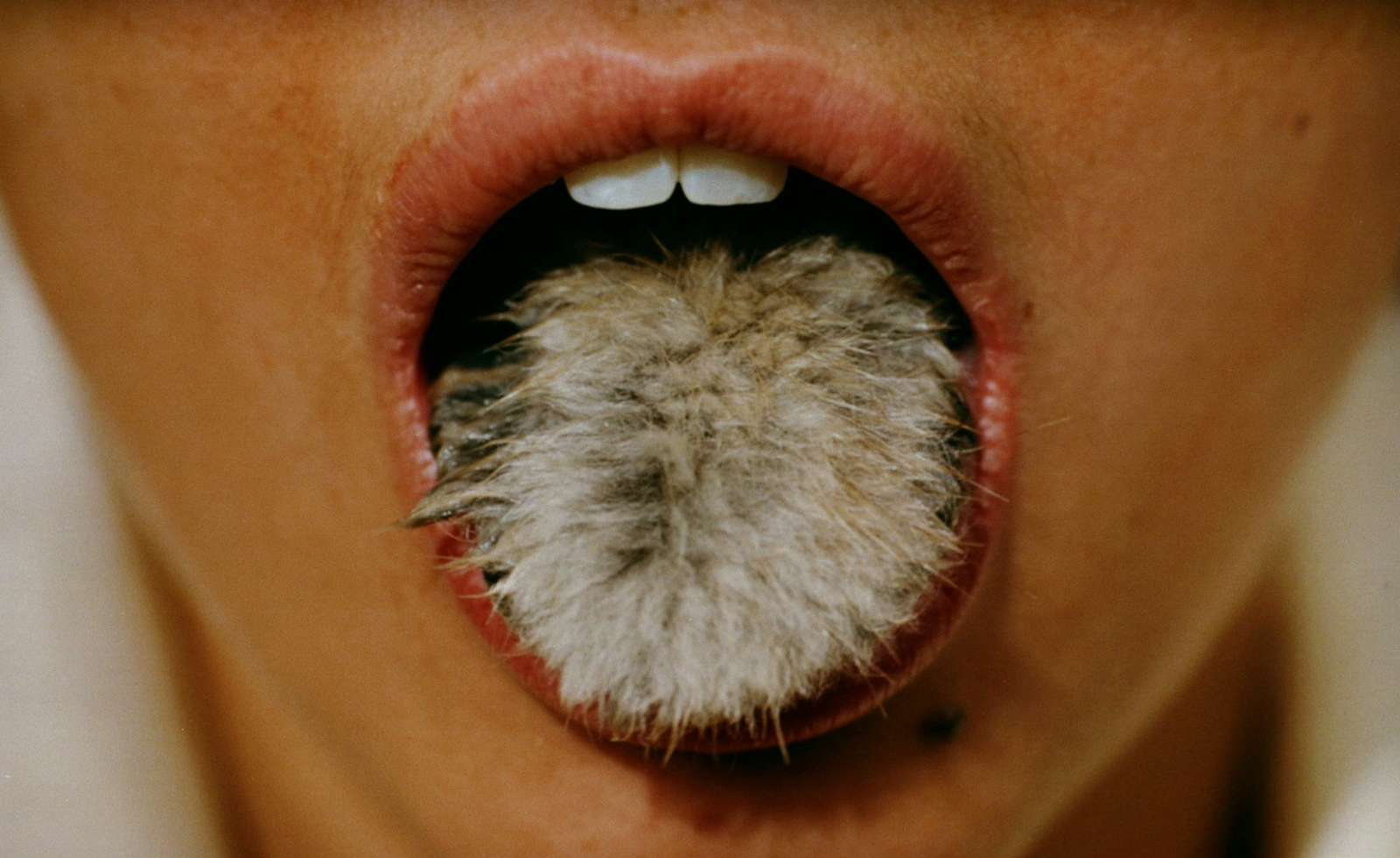 Surrealism as feminist resistance: artists against fascism in Leeds
Surrealism as feminist resistance: artists against fascism in Leeds‘The Traumatic Surreal’ at the Henry Moore Institute, unpacks the generational trauma left by Nazism for postwar women